High-tech investors hit roadblock
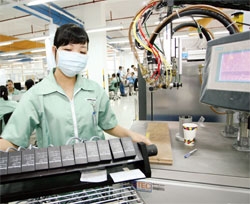 The headache is caused by the Law on High Technology taking effect in 2008, which sets out tough conditions for projects hoping to be classified as high-tech projects and thus to receive special tax incentives.
The headache is caused by the Law on High Technology taking effect in 2008, which sets out tough conditions for projects hoping to be classified as high-tech projects and thus to receive special tax incentives.
The biggest stumbling blocks for investors are legal requirements, saying that high-tech projects spend at least 1 per cent of their total annual turnover in the first three years of operation on research and development (R&D) and more than this amount from the fourth year on. Also causing problems is the requirement that the number of workers with university or higher degrees personally involved in R&D activities must account for at least 5 per cent of a project’s total workforce.
In addition, average turnover from high-tech products in the first three years must equal at least 60 per cent of total annual turnover of the firm. This figure lifts to at least 70 per cent from the fourth year.
The hi-tech project must also apply environmentally friendly and energy-saving solutions to production and product quality management, thus meeting Vietnam’s standards or technical regulations. In cases where Vietnam does not yet have standards or technical regulations, the standards of international specialised organisations apply.
These tough conditions have seen even well-known high-tech firms like Intel, Samsung and Nokia failing to meet criteria under the Law on High Technology, despite having already been recognised as high-tech enterprises after special approval from the prime minister.
A senior Ministry of Planning and Investment (MPI) official said the prime minister had agreed to recognise those firms as high-tech ones in Vietnam because they “are well-known brands and will have a positive impact” on Vietnam’s industrial development and foreign direct investment attraction in hi-tech sectors.
Intel received an investment certificate in Vietnam in 2006 to build a $1 billion chipset factory in Ho Chi Minh City. However, it only started production in Vietnam in October 2010. Samsung started production in Vietnam in October 2009, while Nokia is planning to manufacture mobile-phones in Vietnam from 2013.
Nokia once stated it could move its manufacturing project to China from Vietnam if it was not recognised as a high-tech enterprise, said the MPI official.
Do Hoai Nam, director of the Ministry of Science and Technology’s Department of Technology Appraisal, Examination and Assessment, admitted that the criteria, especially regulations on expenditure on R&D and percentage of labourers working in R&D activities was a large barrier for foreign investors.
“As I understand it, most foreign manufacturers in Vietnam meet the criteria of manufacturing high-tech products, but don’t meet the criteria of being a high-tech enterprise,” said Nam.
According to Nam, enterprises which manufacture hi-tech products enjoy highest incentives in land rentals and import taxes while hi-tech enterprises are given with highest incentives in corporate income tax, land rentals, value-added tax and import-export taxes.
“Actually, 1 per cent of total annual turnover spent on R&D is a very large amount of money, especially for exporters. Secondly, it is not easy to recruit university-qualified 5 per cent of total labourers working in R&D activities in the context that Vietnam still lacks a well-trained workforce,” Nam added.
Kim Yong Seok, planning director of Samsung Electronics Vietnam, admitted 1 per cent of total revenue was a big amount of money because the company’s revenue would increase year-by-year. South-Korean Samsung is planning to build an R&D centre in Hanoi to develop new high-tech products.
Last year, the revenue of Samsung’s factory in northern Bac Ninh province was approximately $7 billion, according to a source at Samsung Electronics Vietnam. That means Samsung would have had to spend about $70 million on R&D in Vietnam last year to meet the regulations in the Law on High Technology.
Samsung expects to achieve $16 billion in export turnover in 2015. By that time, if Samsung wants to continue enjoying the highest incentives, it must spend at least $160 million on R&D, or $453,296 each day.
To make the matter worse, foreign investors are increasingly investing in manufacturing facilities in Vietnam, and they are still facing a serious shortage of well-trained workforce. Nam said the high-tech criteria should timely be reconsidered because those did not encourage high-tech firms to invest in the country.
What the stars mean:
★ Poor ★ ★ Promising ★★★ Good ★★★★ Very good ★★★★★ Exceptional
Related Contents
Latest News
More News
- M&A prospects bright in many sectors (November 21, 2024 | 11:54)
- M&As working in tandem with health development (November 21, 2024 | 11:29)
- Slow disbursement hinders ambitions (November 21, 2024 | 09:00)
- Mitsubishi Estate launches Logicross Hai Phong - a milestone in logistics evolution (November 20, 2024 | 14:32)
- Semiconductor workforce partnerships deliver industry-relevant training (November 20, 2024 | 10:58)
- German Quickpack to invest $31.7 million in Long An province (November 20, 2024 | 09:31)
- Foreign-invested enterprises drive logistics investment in the southeast region (November 20, 2024 | 09:27)
- Chile visit underscores trade benefits (November 19, 2024 | 10:00)
- Trump’s second term impacts sci-tech activities and industry 4.0 technologies (November 18, 2024 | 10:00)
- Vietnam eyes nuclear revival to bolster energy security (November 14, 2024 | 16:46)


 Tag:
Tag:
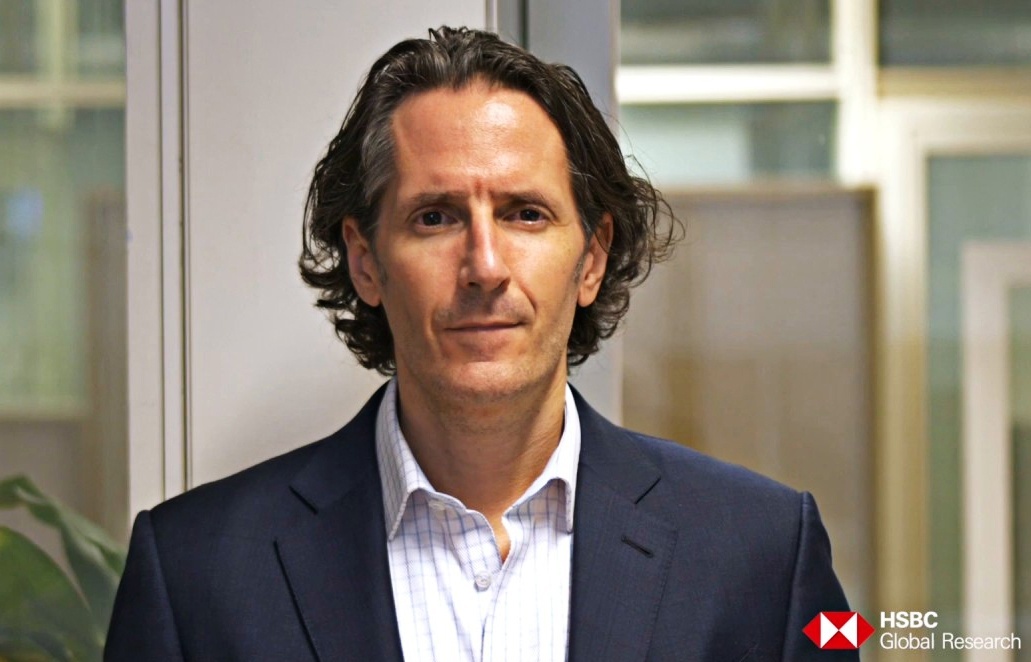

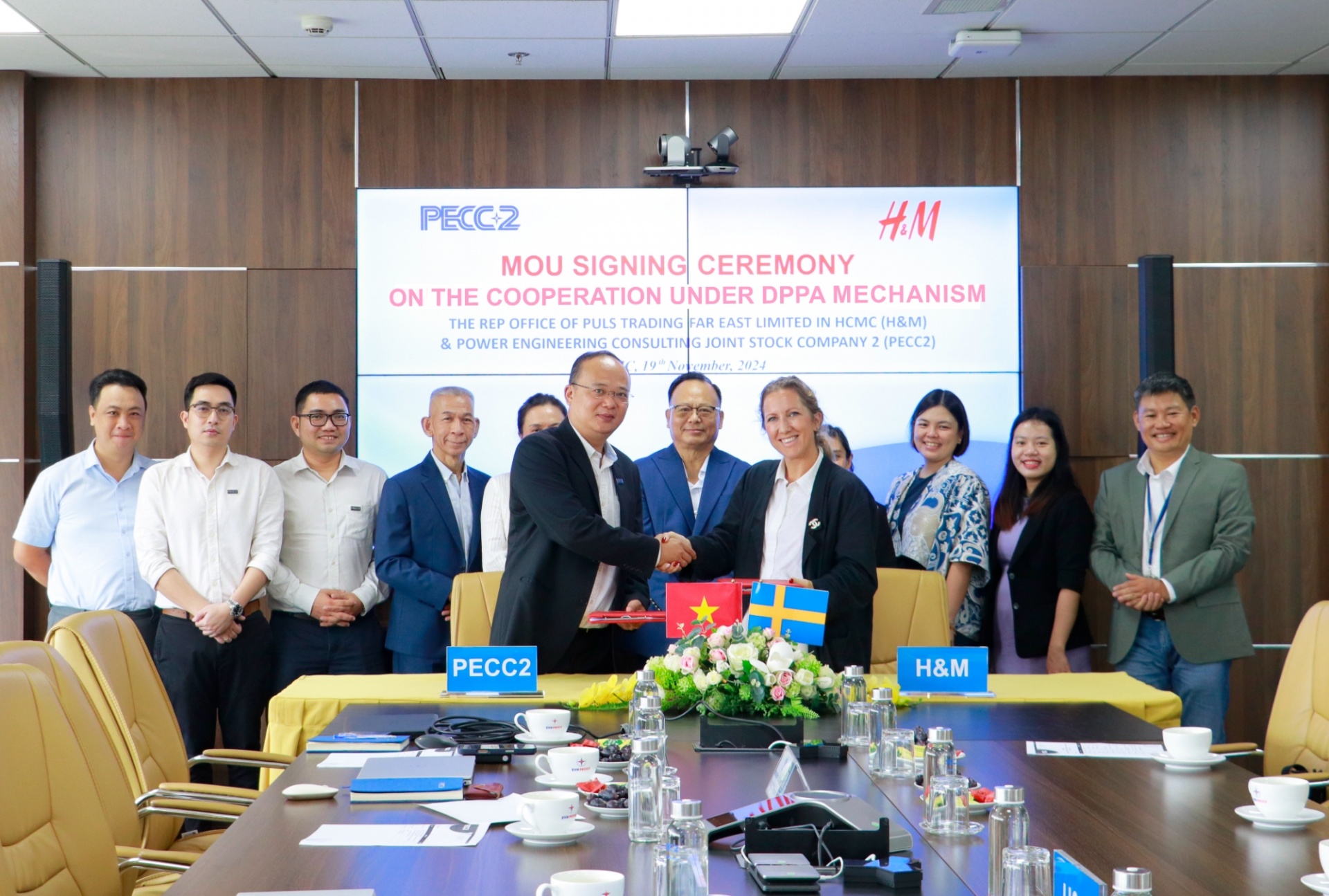



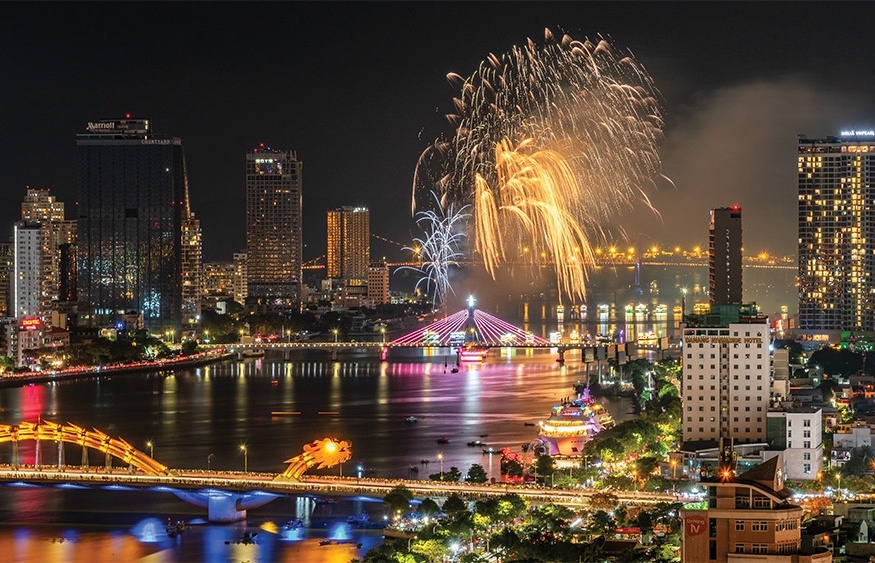
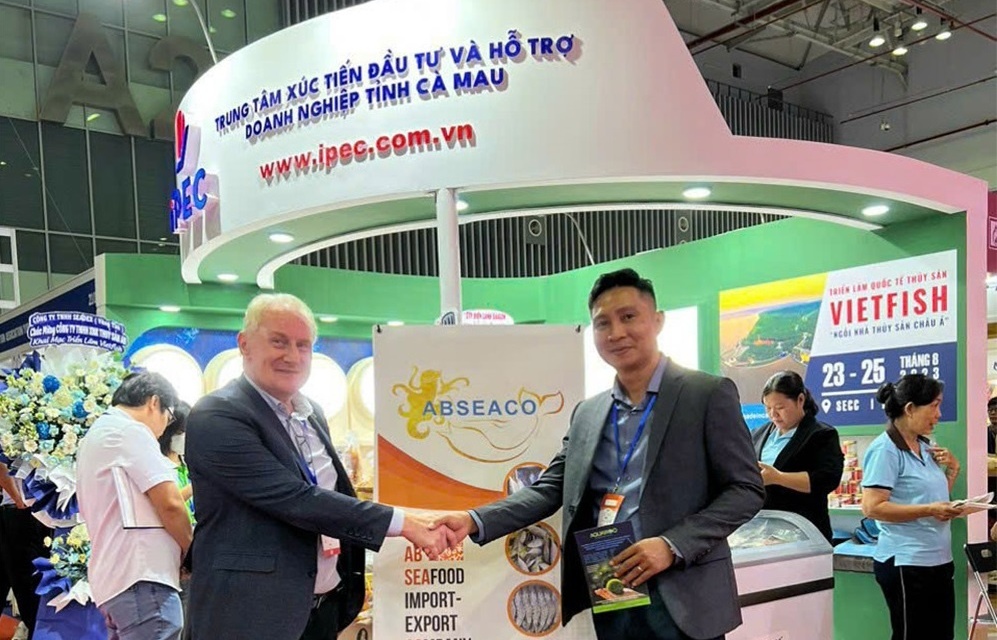





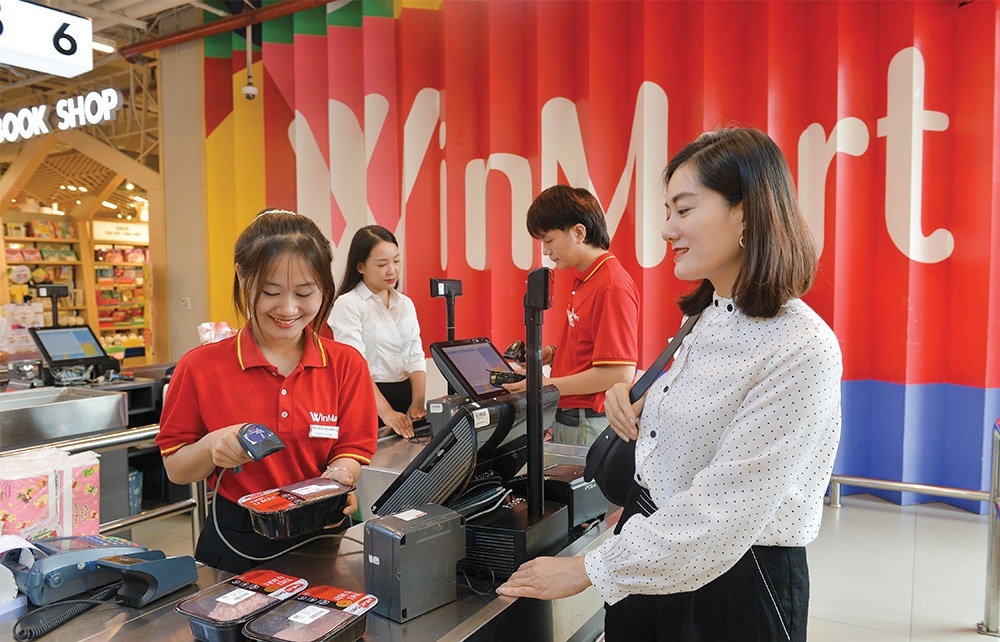




 Mobile Version
Mobile Version